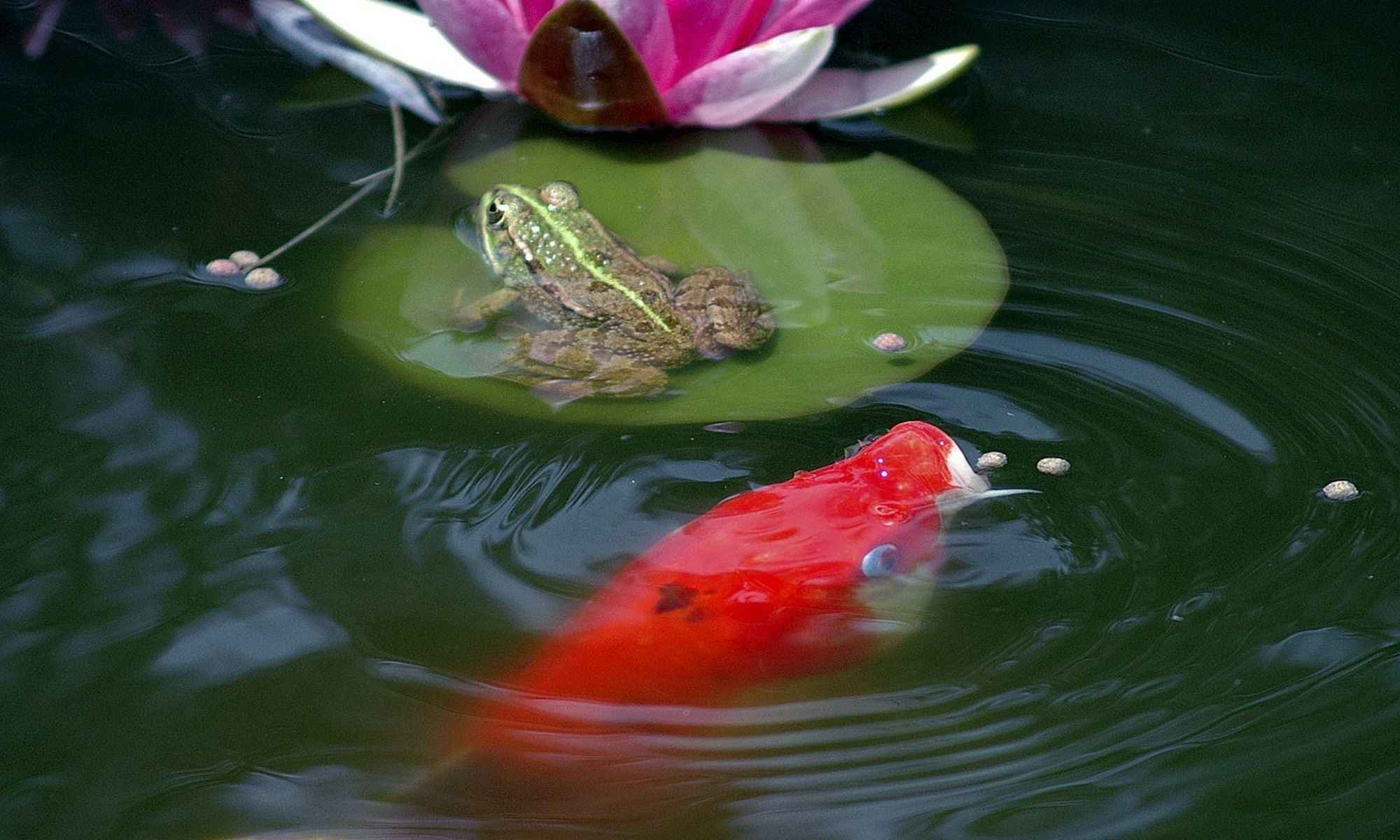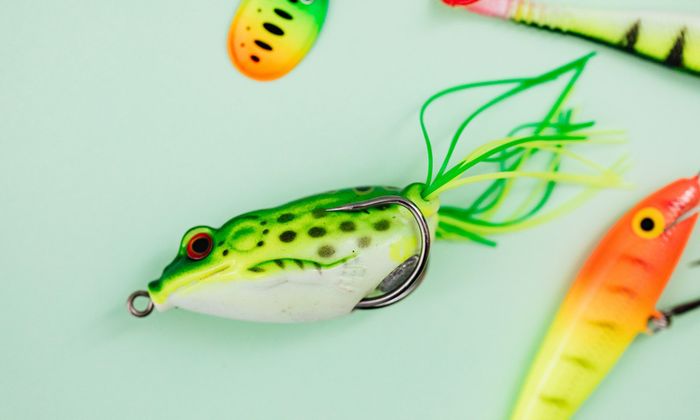Best Time to Use Frog Baits
Use these frog fishing bait tips to catch a tremendous catch on your next frog fishing trip.

Frog baits are popular for a reason – they are reliable and get the job done. However, knowing the proper time to use frogs can increase their efficiency.
If you've never used frogs before, you might be wondering what makes these lures so special? So if you're ready, let's take a look at the best time to use frog baits when catching bass.
Best Times To Use Frog Baits
1. The Frog and the Rig

If the mere mention of frog baits immediately conjures up an image of an amphibian in your head, don't worry; you're not alone. However, this type of lure typically refers to any topwater bait with a soft body with recessed hooks designed for weedy areas or open water.

This means that frogs usually have hollow bodies with the hooksets already in them. Despite being weedless, these incredible lures can still easily cut through a bass's rigid jaws to set the hooks.
Frogs are incredibly resilient across grassy areas and pads as well. What makes this bait so adept is its buoyancy because it can be worked in the same place consistently with a stop-and-retrieve technique.
Now, frogs are typically paired with a rod designed just for frog fishing, a 6 to 7-foot medium-heavy to a heavy fast-action rod made of graphite with a 50 to 80-pound braided line. However, experienced anglers take some liberties in switching up their rigs. Therefore, if you're a seasoned frog fisherman, any high-speed baitcasting reel will do the job since these rods can easily handle the quick pace of a frog moving across the water.
2. Match the Hatch
You need to employ no accurate technique when using frogs – bass will gobble them up. Although throwing them near cover has been a tried and tested strategy. The logic is that ideally, frogs should be used "naturally" as much as possible, meaning a frog should only be placed near the shore and not out in the middle of the water. It's more logical for frogs to be on or near lily pads, banks, and vegetation.
It's best to know when frogs are out and about in your local area, which any angler will know is simply matching the hatch. Frogs begin multiplying in the springtime since their breeding habits are dictated by the onset of continuous warm weather. Most frogs hibernate during the winter, so spring and summer are when you'll find the most frogs out and about.
3. Summertime Frog Fishing
If you're going frog fishing, summer is the time to do it. During this time, bass are moving toward the shallows and are searching for shaded structures, docks, pads, laydowns, and the like. Bass don't like direct sunlight, so they'll be looking for some cover, and they'll be inching closer toward the banks where frogs are known to dwell.

Moreover, the peak of the summer usually promotes the growth of vegetation which are like magnets to bass that ambush their prey.
The diet of bass during this time mainly consists of bluegill, shad, and frogs. But you'll especially want to begin throwing out black frogs at the peak of summer and white-bellied frogs at the start and end of the season. Any color or pattern will do, though, since bass can't get enough of frogs during this time.
One of the best ways to catch bass with a frog in summer is to cast out on lily pads and then let the bait walk on top of the leaves. If there's bass hiding underneath, they'll strike and grab your frog without hesitation. The key here is to ensure that you're creating vibrations in the water, using the pad to amplify the disturbance you're making.
Typically, the best time to use frog baits is when temperatures in the water are at around 68ºF and upwards. At this point, it doesn't matter if it's raining or if the sun is scorching – bass will voraciously take your frog.
However, even though frogs are croaking about the entire day during summer, they are usually more active at night. At the same time, bass tends to search for cover away from sunlight during the day and move toward shallower banks when it's cooler.
Therefore, using topwater frogs during the night when visibility is low usually yields excellent results. However, you'll want to stick to frogs that can cause a commotion in the water, such as poppers or rattlers. Color or pattern doesn't matter too much due to poor lighting conditions and lower visibility.
Twilight is an excellent sweet spot, especially during golden hours in the morning and after sunset when the light is softer. If it's a cloudy or overcast day, though, you can throw out frogs the entire time. Moreover, the times preceding a storm or a cold front are ideal since bass will instinctively feed aggressively at the slightest hint of cool weather.
Despite summer being the season of choice, frogs are great to use during spring and fall. Even though there are fewer "real" frogs out during this time, throwing a topwater frog can appear like other types of prey that bass may feed on, such as rodents or injured baitfish. What is essential, though, is that the water temperatures should be above 65ºF because that's the time that bass will gravitate towards shallow waters.
4. Frogging Up
If you haven't used frogs by now, it's a perfect time to try out the lures in your local waters. While they do require some finesse and typically work best around areas with vegetation, cover, or structure, the frog can be a versatile lure to use in the hands of a skilled angler.




